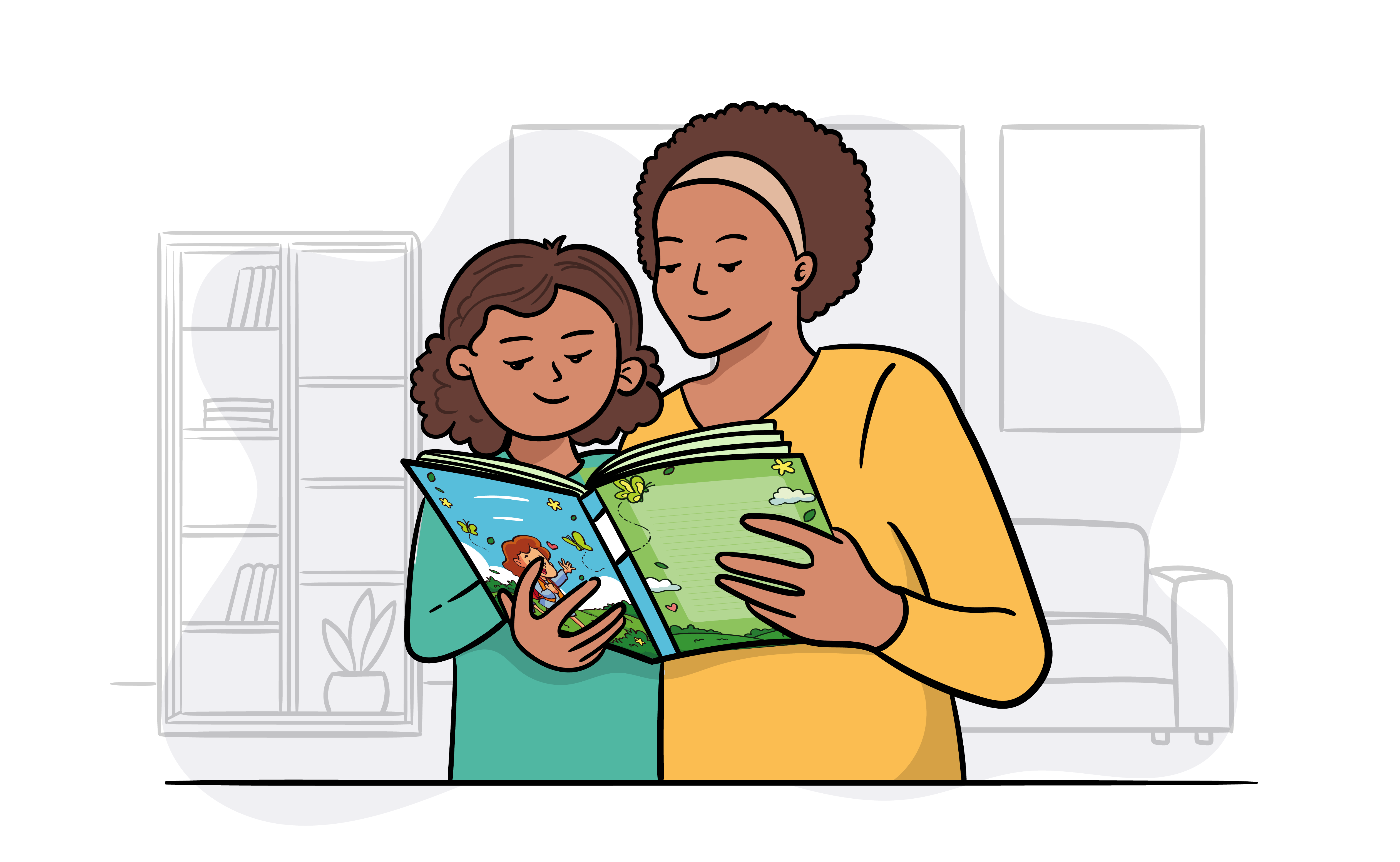Nurturing a linguistically inclusive school for multilingual learners
Multilingual learners who are new to English or in the early acquisition stages face the double challenge of learning English and learning in English. This blog* explores how busy primary schools can support these learners and enable them to meet those challenges.
Key sections in this article:
Multilingual learners who are new to English or in the early acquisition stages face the double challenge of learning English and learning in English. How do busy primary schools support these learners and enable them to meet those challenges?
An inclusive vision based on inclusive values means all staff are responsible for valuing, welcoming, and supporting multilingual children and their families:
It sends out a clear message to multilingual families about the ethos of the school and their place in it.
It identifies the core values for linguistic diversity that your school embraces.
It speaks to all stakeholders in the school, including the learners, and takes their concerns and hopes into account.
It provides a foundation for staff on which they can build and strengthen their knowledge, attitudes, and behaviour, so that multilingual children learning EAL feel valued, supported, challenged, and successful.
What does a linguistically inclusive school community look like?
- The school has a clear vision statement, publicly displayed and promoted, that celebrates diversity and foregrounds the education of multilingual children learning EAL.
- Multilingual children are viewed as an asset, who teach other children about diversity, tolerance, empathy, and the wider world. Children learn about the new arrival’s home country, and how to say “hello”, “welcome” and more in the new arrival’s home language, for example. The school recognises that multilingual children have assets, notably their multilingual prowess that provides cognitive ability and flexibility, and teachers create opportunities for learners to use their preferred language and demonstrate their knowledge in multiple ways, including by using visuals, for example.
- The vision statement is drawn up, reviewed, and adapted by a wide range of members of the school community and reflects their voices, interests, and contributions.
- Representatives of all members of the school community are included on boards, leadership teams, teaching staff, and pupil voice forums.
- Each child is viewed as unique and talented, with valuable life experience and knowledge and with a rich cultural life lived through all the languages they use. They are encouraged to share stories, songs and games from their culture and knowledge about their home country.

How is an inclusive vision lived out in the school community?
- All staff view multilingualism as an asset and create opportunities for children to use their home language, for example to research a new topic, or to work as a pair with another learner who shares their language.
- Teachers encourage and enable multilingual children to develop their knowledge and literacy in their home language(s), by, for example, encouraging storytelling and reading at home, and attending community language schools after school hours.
- All staff acknowledge, promote, and celebrate multilingualism in multiple ways and in all learning spaces, through:
- Welcome signs, notices, and directions in multiple languages around the school.
- A rich selection of bilingual storybooks in each classroom and in the library, that include positive depictions of diverse characters and promote authentic representations of all children’s way of life.
- Wordless picture books that promote rich conversations and expand language skills.
- Multilingual classroom resources, including posters, labels, bilingual dictionaries, and reference books.
- Classrooms, corridors, canteens, and playgrounds in which children confidently use all the languages they know and that matter to them.
- A curiosity and engagement among all learners about the wider world and the cultural practices, including languages, in it.
What characterises the learner’s experience in an inclusive school?
- All learners feel valued, heard, and included in decision-making that affects them.
- All learners feel safe, and nurtured, and have access to a caring, committed adult when they need them.
- Teachers set high expectations for all learners and provide targeted language support where needed.
- All children see themselves and their lives represented in the texts they read, the curriculum they follow and the teachers and leaders in their school.
- All learners participate in a rich set of cultural engagements on visits and trips and in extracurricular activities.
- Learners participate enthusiastically in local, regional, and national events which celebrate cultural and linguistic diversity.
What characterises the experience of multilingual families in an inclusive school?
The biggest challenge that the families of multilingual children face is access to information in the language they understand best. Schools can overcome those challenges by:
- Making sure that you capture accurate information about the language variety or dialect the family uses, so that you can use interpreters who know that variety.
- Providing easy access to translations and translation services, for admissions, school policies, announcements and national curriculum tests, and information about your school, including uniforms, school timetables, and trips.
- Communicating in multiple ways, including orally, in written format, formally and informally to ensure fluid and frequent home/school communication, and creating opportunities for families to initiate communication.
- Where possible, arranging interpreters for parent meetings and school events and in family consultations.
- Newly arrived migrant and refugee families may face additional challenges because of their social, economic, and mental health needs. Schools can act as a network hub and draw on the resources of third sector and community organisations to assist newly arrived families to integrate into their new community.
- Schools hold workshops for multilingual families, including English classes for adults, for those who need and want them.
- Multilingual families are represented including as parent governors and members of the parent teacher association.
- Families are informed about and involved in the decision-making processes regarding their children, notably around whether they sit national curriculum tests.